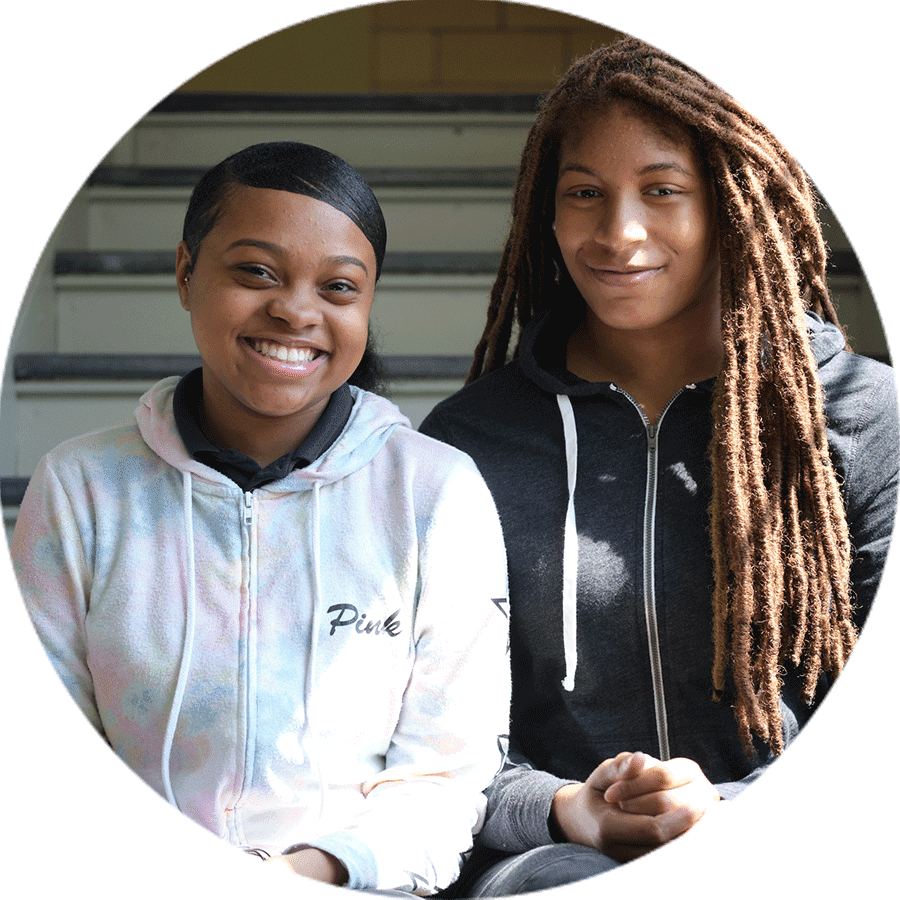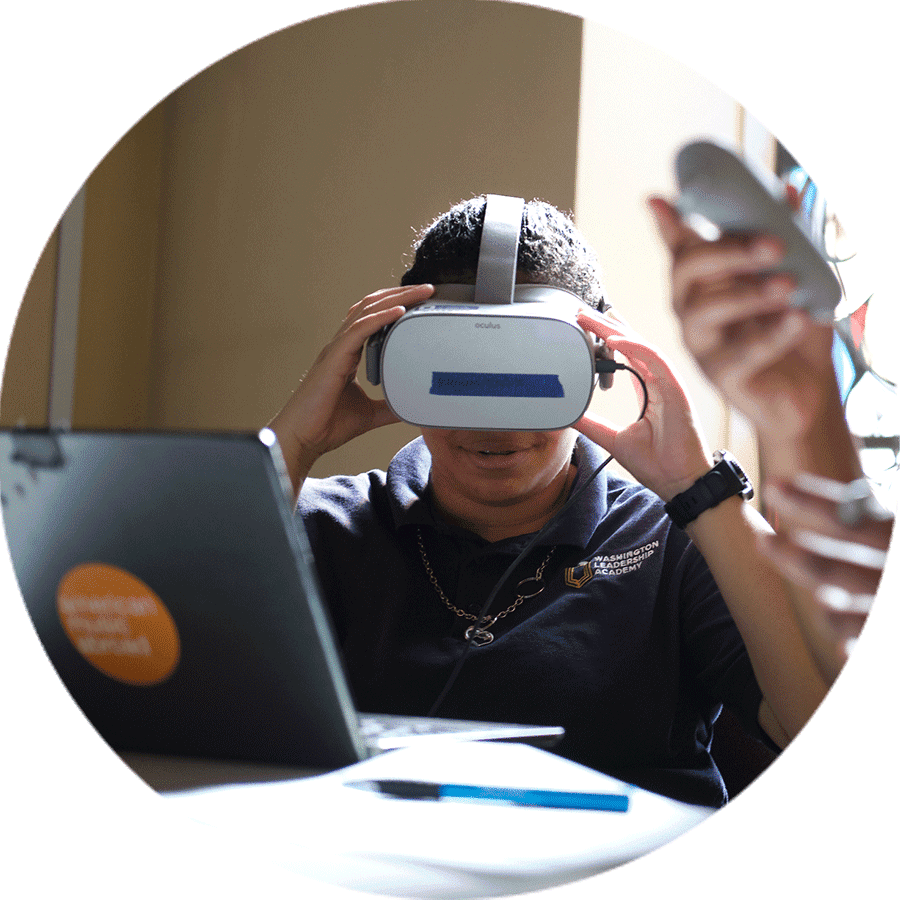1. School implementation demands a wide range of skills and knowledge.

Think creatively about what, and who, will be needed to make your vision a reality.
Fact:
The ideal size for a core team is fairly small—3-5 members—according to management research.
Source: Forbes
A core team that takes on the task of implementing a new school design or redesign will need to be agile and resourceful enough to move quickly and address challenges creatively, while also coordinating the efforts of others. The work ahead includes planning deep learning and development experiences for students—and crafting the finance, technology, operations, and human resources systems that make those experiences tangible. There’s a lot to accomplish, and it’s important to keep up momentum.
Ideally, the core group can count on the support of a wider team of people who expand the circle of expertise, viewpoints, backgrounds, and community connections. Many members of the original design team may stay involved, but additional advisors and allies can be important, too. Having a wide range of skills and life experiences at the table enriches the process and produces stronger overall results.
It’s often useful to include a few trusted people who value your school design and have experience with change-making in other schools or nonprofit organizations. Friends like this can help facilitate the processes and navigate bumps in the road from design to implementation. At certain moments, you may find yourself needing to reach out to people with specialized expertise—for example, a lawyer to think through governance, an architect to help envision the facility, a communications professional to rally the community, and other experts with unique talents specific to the school’s vision.
If you’re creating or redesigning a school that will be part of a district or charter network, this is the time to strengthen your relationships with key people there. Allies within the larger system can help you navigate the process, avoid mistakes and blind spots, and bring additional resources to the table. This may also be the right time to involve additional local partners, as you build out a full complement of services, supports, and opportunities for your students.
In short, as you turn the corner from the design process to school implementation, think about how to strengthen and diversify your team so you’re ready to go fast and go far.
Dive Deep
![two students smiling]() Diversity and the Perfect Team
Diversity and the Perfect TeamGoogle is good at finding patterns. What their researchers found when they started looking for patterns to explain their own most effective teams may surprise you.
Read More![a student drawing]() Launching Innovation in Schools
Launching Innovation in SchoolsMIT’s Justin Reich and Peter Senge developed Launching Innovation in Schools, an online course available on edX. Reich provides an overview in this blog post.
Read![student using VR goggles]() Build a Tower, Build a Team
Build a Tower, Build a TeamIn this popular Ted Talk, Tom Wujac describes the “marshmallow challenge” and points to some important lessons for team building.
Read![a student holding a drone]() Corps for Student Success
Corps for Student SuccessCan a network of local supports help schools come back stronger and more equitably from the pandemic? Check out these resources from the Everyone Graduates Center for ideas on how to build one.
Read
Analyze
Building a strong network of allies and advocates starts with recognizing what skill sets you need to access.
Step 1 – Research
Think about who’s on your team now and who intends to stay involved. What additional, specialized expertise will be needed as you move toward implementation? Are there new partners who could be brought to the table now, as you think through innovative strategies to get your school model underway and provide your students with the best possible learning experiences?
Step 2 – Share and Engage
Share findings with your team and discuss these questions:
- What specialized expertise will you need in areas such as finance, communications, real estate, law, or district or state policy? How about expertise in youth development, student services, or innovative learning?
- Who are some potential allies—people with experience in school or nonprofit development, local youth services providers, or district or charter leaders who really know the ropes?
- Who might you recruit to your team, or to committees? Who might you recruit as a special or informal advisor?




